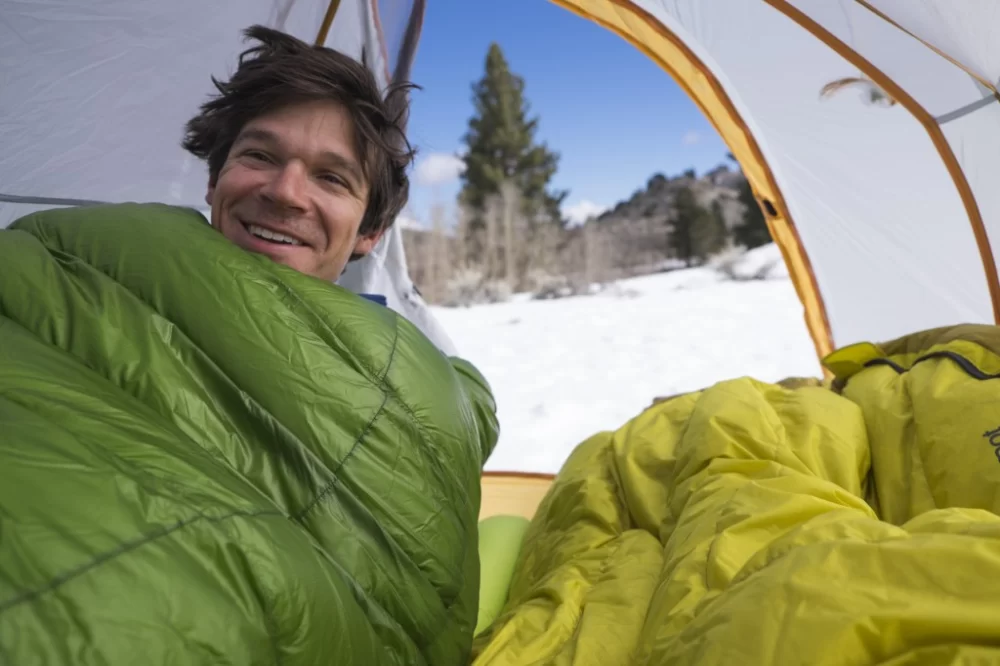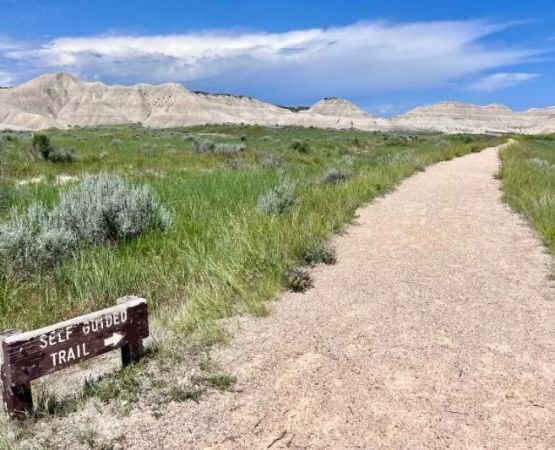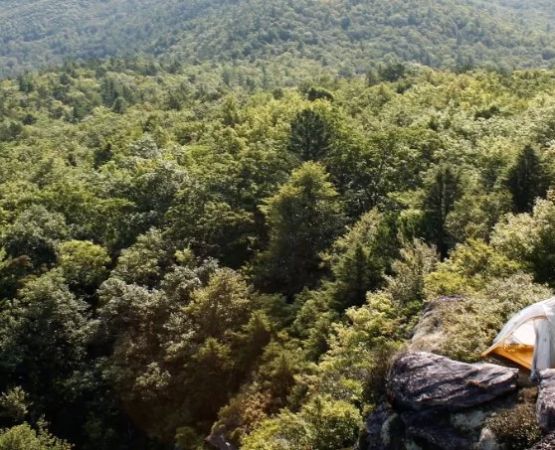Staying Warm in Cold Weather: Finding the Best Camping Sleeping Bags for Winter Adventures
Camping in cold weather can be an exhilarating experience, but it requires the right equipment to ensure safety and comfort. One of the most crucial pieces of gear you'll need is a high-quality sleeping bag that can handle the chill of winter nights. After many cold-weather camping trips, I've learned that a good sleeping bag can make all the difference in how well you sleep through the night, especially when temperatures drop to freezing or below. In this guide, I'll share my experience with selecting the best sleeping bags for cold weather, offering practical advice to help you stay cozy no matter how low the mercury falls.
1. Understanding the Importance of a Cold Weather Sleeping Bag
First, it's essential to understand why choosing the right sleeping bag is so important for cold weather camping. When you sleep outdoors in freezing temperatures, your body loses heat rapidly. Without proper insulation, you can quickly become uncomfortable, or worse, at risk for hypothermia. Cold weather sleeping bags are designed with specific materials and construction to trap heat and keep you warm even in the harshest conditions.
On my first winter camping trip, I learned this lesson the hard way. I didn't think much about my sleeping bag, opting for a three-season bag I had used during milder conditions. That night, as the temperature dropped to below 20°F, I found myself shivering uncontrollably and struggling to stay warm. It was a tough night, but I learned just how vital a high-quality sleeping bag can be for ensuring comfort and safety in cold weather.
2. What to Look for in a Cold Weather Sleeping Bag
When shopping for a sleeping bag for winter camping, several key factors should influence your decision. These include the temperature rating, insulation type, bag shape, and other features designed to enhance warmth and comfort.
Temperature Rating
The temperature rating of a sleeping bag is one of the most critical factors to consider. This rating tells you the lowest temperature the bag is designed to handle while still keeping you comfortable. For winter camping, you’ll want a sleeping bag rated for at least 20°F or lower. However, if you're venturing into extremely cold environments, consider bags rated for 0°F or even -20°F.
During one of my winter camping trips in the Rockies, the temperature dropped to -5°F, and I was grateful I had invested in a sleeping bag rated for those conditions. Without it, I would have spent the night wide awake, battling the cold.
Insulation Type
There are two primary types of insulation used in cold weather sleeping bags: down and synthetic. Both have their advantages, but the best choice depends on your needs and preferences.
- Down insulation: Known for its excellent warmth-to-weight ratio, down is often the preferred choice for serious winter campers. It traps heat effectively and is very compressible, making it easy to pack. However, down loses its insulating properties when wet, so it’s best for dry conditions.
- Synthetic insulation: Synthetic bags are heavier and bulkier than down but perform better in damp conditions. If you're camping in wet environments or expect to encounter rain or snow, a synthetic sleeping bag might be your best option.
On one of my trips to the Pacific Northwest, the weather was wet and unpredictable, so I opted for a synthetic sleeping bag. Even though it was bulkier than my down bag, it kept me warm and dry throughout the night despite the damp conditions.
Sleeping Bag Shape
The shape of your sleeping bag can impact both comfort and warmth. There are three main shapes to consider:
- Mummy bags: These bags are the most efficient at retaining warmth because they are designed to fit closely to your body. The snug fit helps trap your body heat, making them ideal for extreme cold weather.
- Rectangular bags: These offer more room to move around but are less efficient at retaining heat. They are better for those who prefer extra space or don’t plan to camp in extremely cold conditions.
- Semi-rectangular bags: A hybrid of the mummy and rectangular designs, these bags offer a balance of warmth and space.
I’ve personally found that mummy bags provide the best warmth in cold weather, especially during high-altitude camping in winter. Their snug fit helps trap body heat, ensuring I stay warm throughout the night.
3. My Top Picks for Cold Weather Sleeping Bags
After numerous winter camping experiences, I've tested several cold weather sleeping bags and found a few that stand out for their performance, comfort, and warmth. Here are my top recommendations:
1. The North Face Inferno 0°F Sleeping Bag
This down sleeping bag is perfect for cold-weather camping, with a temperature rating of 0°F. The high-quality down insulation provides excellent warmth without adding extra weight, and the mummy design ensures maximum heat retention. It also features a durable water-repellent shell that helps protect the down from moisture.
2. Marmot Tungsten 0°F Sleeping Bag
For those who need a reliable synthetic option, the Marmot Tungsten sleeping bag is an excellent choice. Its synthetic insulation performs well in wet conditions, and the bag’s design is roomy enough for comfort while still offering good heat retention. It's a great option for winter camping in variable weather.
3. REI Co-op Magma 15 Sleeping Bag
The REI Co-op Magma 15 is a versatile down sleeping bag that strikes a balance between weight, warmth, and comfort. It's ideal for winter camping in moderate to extremely cold conditions and features high-quality down insulation and a snug, mummy-style fit.
4. Additional Tips for Staying Warm on Cold Weather Camping Trips
Choosing the right sleeping bag is just the beginning. Here are a few additional tips that have helped me stay warm and comfortable during cold weather camping:
- Use a Sleeping Pad: A sleeping pad is crucial for insulating your body from the cold ground. A thick, insulated pad can add significant warmth and prevent heat loss.
- Layer Your Clothing: Wearing layers inside your sleeping bag can add extra warmth. Start with moisture-wicking base layers and add insulating layers if needed.
- Sleep with Your Boots and Hat On: If you're facing extremely cold conditions, wearing your boots and hat inside your sleeping bag can help retain body heat.
In one particularly frigid camping trip in the Adirondacks, I discovered that even the best sleeping bag couldn't keep me warm without a good sleeping pad and proper clothing. Once I added an insulated pad beneath me and wore a warm hat, I was able to enjoy a comfortable night of sleep despite the freezing temperatures.
5. Conclusion
Cold weather camping can be a rewarding adventure, but it requires the right gear to ensure comfort and safety. A high-quality sleeping bag is at the top of the list, but it's important to choose one that matches the conditions you'll face. From temperature ratings to insulation types, understanding what to look for in a cold weather sleeping bag is essential for a successful winter camping experience. Whether you're heading out for a winter hike or planning a backcountry adventure, I hope this guide helps you choose the perfect sleeping bag to keep you warm all night long.
If you're still unsure about the best camping location for your cold weather trip, I highly recommend checking out Pine Cliff Resort for expert advice and ideal camping spots tailored to your needs.







